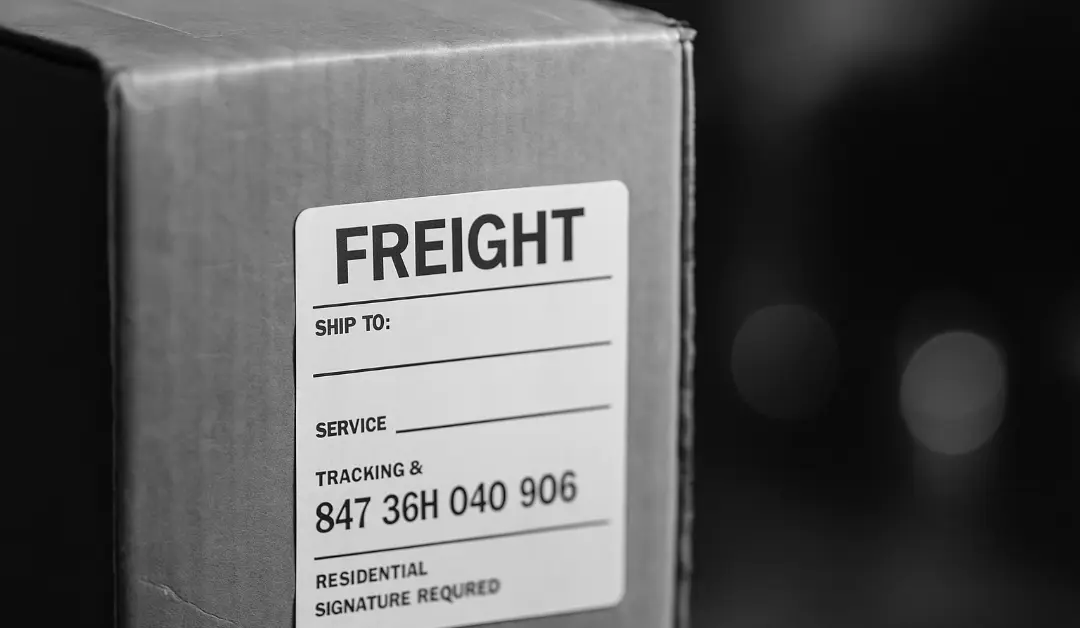Introduction
Have you encountered the words “DAP shipping terms” and thought it sounded like a foreign language? You’re not alone. Understanding these terms is crucial for anyone involved in cross-border transactions. In this blog, we’ll take you through the basics of DAP shipping terms, explaining what it is, who pays for it, and whether it includes customs and delivery. We’ll also explore the key differences between DAP, DDP, and DDU to make it easy to grasp.
What is DAP Shipping?
DAP, or “Delivered at Place,” is one of the commonly used Incoterms (International Commercial Terms) that helps define the seller and buyer’s responsibilities in international transactions. DAP outlines where the seller’s obligations end and where the buyers begin regarding shipping and receiving goods.
In simpler terms, DAP shipping means the seller delivers the goods to a specified place, and from that point onward, the buyer takes over. This named place could be a buyer’s premises, a warehouse, or any other mutually agreed-upon location.
Who Pays for DAP Shipping?
The question of who pays for DAP shipping is a common concern in international trade. In DAP terms, the seller is responsible for covering the costs associated with getting the goods to the named place of destination. These costs include packing, loading, transportation, and unloading.
However, it’s essential to note that DAP doesn’t include import customs duties and taxes in the buyer’s country. So, while the seller pays for getting the goods to the destination, the buyer assumes responsibility for import clearance and any costs related to customs duties and taxes in their own country.
Does DAP Shipping Include Customs?
DAP shipping terms do involve customs, but the scope is limited. Here’s how it works:
– Export Customs: The seller is responsible for export customs clearance in their own country. This means they ensure that all the necessary customs documentation and procedures are completed for exporting the goods. The seller typically covers the costs associated with export customs clearance.
Import Customs: The buyer is responsible for import customs clearance in the buyer’s country. This includes handling import duties, taxes, customs procedures, and any other requirements for clearing the goods through customs in the destination country.
In summary, while DAP includes export customs clearance, it does not encompass import customs clearance. In DAP shipping terms, import customs clearance in the destination country falls under the buyer’s domain.
Does DAP Shipping Include Delivery?
Yes, DAP shipping does include delivery. Under DAP terms, the seller is responsible for ensuring that the goods are transported to the agreed-upon place of destination. This means the seller arranges and pays for the transportation of the goods, covering the loading of goods onto the transportation vehicle and their unloading at the destination.
One crucial point to remember is that the risk associated with the goods transfers from the seller to the buyer at the named place of destination. In simpler terms, once the goods are available for unloading at the destination, the responsibility shifts from the seller to the buyer.
Understanding the Difference: DDP, DAP, and DDU

Now that we’ve unraveled the mysteries of DAP shipping, let’s explore the key differences between DAP, DDP, and DDU. These Incoterms have distinct characteristics, mainly concerning who takes care of customs duties, transportation costs, and risk at different shipment stages.
1. DAP (Delivered at Place):
– The seller is responsible for delivering the goods to the named place of destination.
– The risk of loss or damage to the goods shifts from the seller to the buyer at the named place of destination.
– The seller arranges and pays for transportation to the destination, including loading and unloading.
– Export customs clearance is the seller’s responsibility, but import customs clearance in the buyer’s country falls to the buyer.
– The buyer covers any additional transportation costs beyond the named place of destination.
2. DDP (Delivered Duty Paid):
– The seller is responsible for delivering the goods to the buyer’s premises or another named place of destination.
– The risk of loss or damage to the goods remains with the seller until they are delivered to the buyer’s premises.
– The seller is responsible for all transportation costs, including loading and unloading.
– The seller takes care of export and import customs clearance, along with any associated duties, taxes, and charges in the buyer’s country.
– The buyer doesn’t have to worry about additional costs beyond the agreed-upon place of delivery.
3. DDU (Delivered Duty Unpaid):
– The seller is responsible for delivering the goods to the named place of destination.
– The risk of loss or damage to the goods transfers from the seller to the buyer at the destination.
– The seller arranges and pays for transportation to the destination, including loading and unloading.
– The seller handles export customs clearance in their country.
– The buyer is responsible for import customs clearance in the buyer’s country, including paying any associated duties, taxes, and charges.
– Any additional transportation costs beyond the named place of destination are the buyer’s responsibility.

The primary distinctions between DDP, DAP, and DDU revolve around who handles customs duties, transportation costs, and risk transfer at the various shipment stages. DDP places the most responsibility on the seller, while DDU shifts more responsibilities and costs to the buyer.
Understanding these differences empowers buyers and sellers in international trade to make informed decisions and negotiate terms that suit their needs and preferences.
Wrapping Up
In conclusion, DAP shipping terms provide a structured framework for international trade transactions, ensuring buyers’ and sellers’ clarity and predictability. While DAP encompasses delivery to a named place of destination, the distribution of responsibilities and costs, particularly concerning customs clearance and import duties, differs from other Incoterms like DDP and DDU. Being well-informed about these terms is essential for successful international business ventures.




